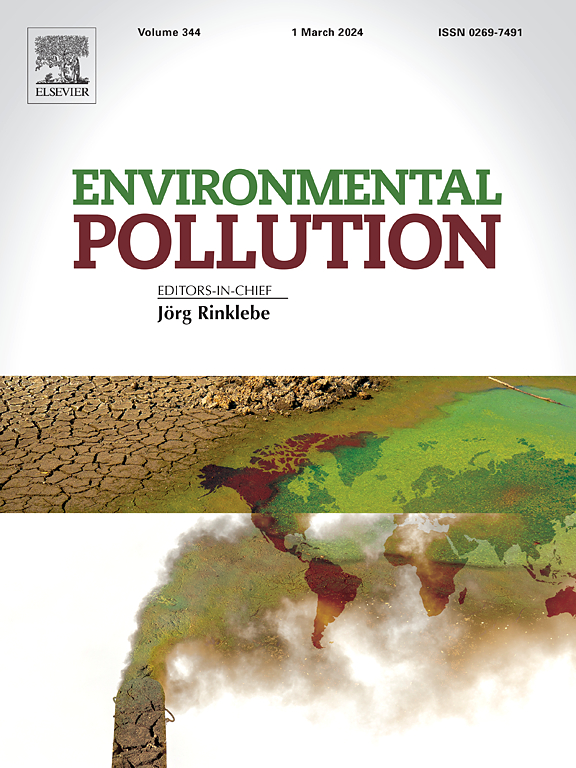Assessing Health Risks and Socioeconomic Disparities Associated with Ambient Air Pollution and Point Sources across the United States
IF 7.6
2区 环境科学与生态学
Q1 ENVIRONMENTAL SCIENCES
引用次数: 0
Abstract
Air quality in the United States (U.S.) has significantly improved over the last few decades. Nevertheless, many parts of the country still suffer from high levels of air pollution, including numerous non-attainment areas. This study aims to provide a systematic analysis to quantify the impact of air pollution on human health across the entire U.S. By combining the 2023 Centers for Disease Control and Prevention health surveys, criteria air pollutants, and socioeconomic status at the census tract level, we seek to (1) assess the impacts of air pollution on human health, and (2) investigate environmental health and air pollution disparities across the U.S. Our analysis suggests that fine particulate matter (PM2.5) is associated with most diseases, while ozone (O3) is highly correlated with the prevalence of cancer and kidney disease. Sulfur dioxide (SO2) is positively correlated with multiple health outcomes, whereas nitrogen oxide (NO) shows mixed correlations across different diseases. Health risks significantly increase as the levels of PM2.5 and O3 exceed 14 μg m-3 and 40 ppb, respectively. Furthermore, there is a strong correlation between disease prevalence, air pollution levels, and socioeconomic status. Minority and low-income groups across the U.S. are exposed to higher levels of PM2.5 and are prone to greater health risks, including asthma, high blood pressure, mental health, physical health, diabetes, and kidney disease. Notably, individuals exposed to PM2.5 levels greater than 9.0 μg m-3 have a higher risk of self-rating their health as poor status (RR: 1.202, 95% CI: 1.200, 1.203). Residents living within a 5-km radius of point source emissions from the oil and gas sector experience significant health impacts, particularly to naphthalene and other polycyclic aromatic hydrocarbons emitted during oil and gas production. This study highlights significant health disparities driven by environmental pollution inequality, particularly impacting low-income and minority groups across the U.S.

求助全文
约1分钟内获得全文
求助全文
来源期刊

Environmental Pollution
环境科学-环境科学
CiteScore
16.00
自引率
6.70%
发文量
2082
审稿时长
2.9 months
期刊介绍:
Environmental Pollution is an international peer-reviewed journal that publishes high-quality research papers and review articles covering all aspects of environmental pollution and its impacts on ecosystems and human health.
Subject areas include, but are not limited to:
• Sources and occurrences of pollutants that are clearly defined and measured in environmental compartments, food and food-related items, and human bodies;
• Interlinks between contaminant exposure and biological, ecological, and human health effects, including those of climate change;
• Contaminants of emerging concerns (including but not limited to antibiotic resistant microorganisms or genes, microplastics/nanoplastics, electronic wastes, light, and noise) and/or their biological, ecological, or human health effects;
• Laboratory and field studies on the remediation/mitigation of environmental pollution via new techniques and with clear links to biological, ecological, or human health effects;
• Modeling of pollution processes, patterns, or trends that is of clear environmental and/or human health interest;
• New techniques that measure and examine environmental occurrences, transport, behavior, and effects of pollutants within the environment or the laboratory, provided that they can be clearly used to address problems within regional or global environmental compartments.
 求助内容:
求助内容: 应助结果提醒方式:
应助结果提醒方式:


